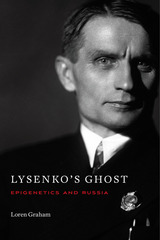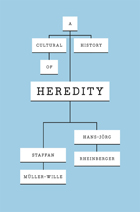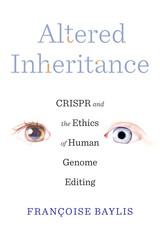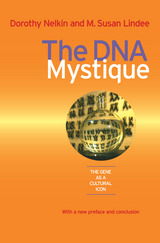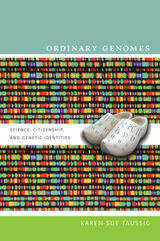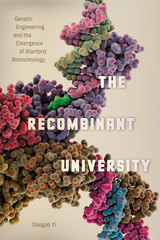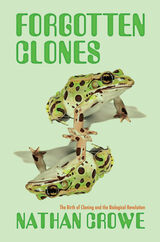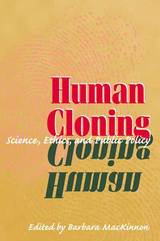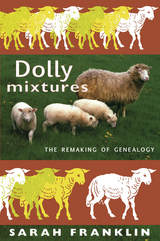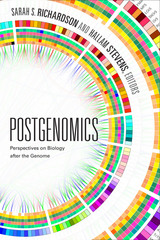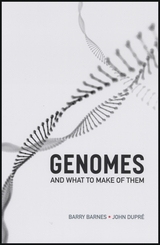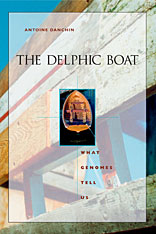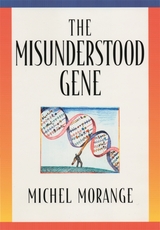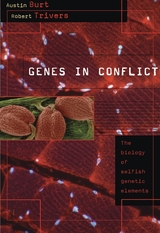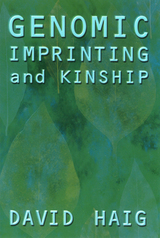Paper: 978-0-87840-371-4
Library of Congress Classification QH442.2.B66 2002
Dewey Decimal Classification 174.966065
Ever since Dolly, the Scottish lamb, tottered on wobbly legs into our consciousness-followed swiftly by other animals: first, mice; then pigs that may provide human transplants, and even an ordinary house cat-thoughts have flown to the cloning of human beings. Legislators rushed to propose a ban on a technique that remains highly hypothetical, although some independent researchers have announced their determination to pursue the possibilities. Political scientist and well-known expert on reproductive issues, Andrea L. Bonnicksen examines the political reaction to this new-born science and the efforts to construct cloning policy. She also looks at issues that relate to stem cell research, its even newer sibling, and poses a key question:
How does the response to Dolly guide us as we manage innovative reproductive technologies in the future?
Various legislative endeavors and the efforts by the Food and Drug Administration (FDA) to oversee cloning, as well as policy models related to federal funding, individual state laws, and programs abroad, inform Bonnicksen's identification of four types of cloning policy. She analyzes in depth the roles of diverse interest groups as each struggle to become the dominant voice in the decision-making process. With skill and insight, she clears the mists from a complicated topic, and addresses the legal, political, and ethical arguments that are not likely to disappear from the national conversation or debates any time soon.
See other books on: Cloning | Crafting | Dolly | Health Policy | Stem Cells
See other titles from Georgetown University Press

